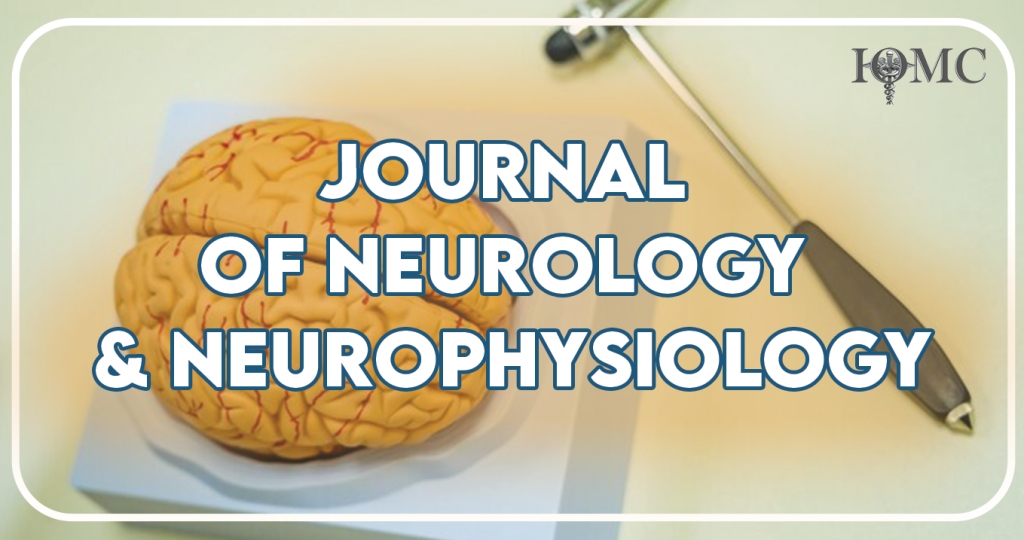Overview
The study of how nerve cells, or neurons, receive and transmit information is known as neurophysiology. The area of medicine known as neurology is dedicated to understanding and treating nervous system problems. The operation of the nervous system is the focus of this area of physiology and neuroscience. The medical field of neurology focuses on abnormalities of the neurological system, whether they are functional or pathological. Diagnosed and treated by neurologists are conditions that affect the brain, spinal cord, and nerves.
Journal of Neurology & Neurophysiology encompasses the study of the central nervous system, its purpose, its relationship to brain research and translational science, as well as these connections. The diagnosis and treatment of all of these disorders are covered in this scientific journal.
Understanding and interpreting electrical and imaging data are also important aspects of neurology. Magnetic resonance imaging (MRI) scans and computed tomography (CT) scans are a few examples of imaging investigations that are used. The electrical activity of the brain can be measured using an electroencephalogram (EEG) to diagnose diseases like epilepsy. By examining the cerebrospinal fluid (CSF), a transparent fluid that surrounds the brain and spinal cord, neurologists can also identify infections in the neurological system.
Neurologists finish a four-year undergraduate degree, four years of medical school, and a one-year internship. Three years of specialized training and frequently further training in a specific area of the profession, such as stroke, epilepsy, or movement disorders, come after this. Normally, doctors and neurologists may also recommend neurosurgeons to their patients who are surgeons with a focus on the nervous system.
Neurologists may treat a variety of conditions, including stroke, Alzheimer’s, Parkinson’s, multiple sclerosis, amyotrophic lateral sclerosis, migraine, epilepsy, sleep problems, pain, tremors, spinal cord injury, peripheral nerve disease, and brain tumors.
Mission:
To improve the research, practice, and profession of neurology and neurophysiology in order to better serve patients and society.
Vision:
To improve neurologic health by comprehending how the nervous system works.
Journal of Neurology and Neurophysiology is an Open Access academic journal devoted to publishing original articles, review articles, case reports, brief communications, and other types of articles in the form of original research findings and discoveries while making these freely and unrestrictedly available to researchers around the world.
The Journal of Neurology and Neurophysiology is an Open Access scholarly journal devoted to publishing original articles, review articles, case reports, short communications, and other types of articles in the form of original research findings and discoveries while making these freely and unrestrictedly available to researchers around the world. The editorial office utilizes quick peer review since it is a scientific publication journal and wants to make sure the papers it publishes are of the highest caliber. A quick peer review method is used by the editors of this scholarly magazine to guarantee the caliber of the papers they publish.
Currently listed in more than 15 research databases and more than 15 libraries, our objective is to be the primary diffusion organ for medical researchers, using standards that accredit the process of scientific publication.
JNN receives manuscripts in which there has been the participation of at least one Neurology researcher. We welcome submissions for Original Articles, Reviews, Short Communications, and Case Reports, and we have a Special Section that includes Letters, knowledge, Interviews, and other types of publications from all areas and fields.
Topics covered but not limited to:
- Neurophysiology neurobiology
- Neurological Disorders
- Cognitive Function
- Neuromuscular Medicine
- Neuromuscular Diseases
- Neuroanatomy
- Alzheimer’s Disease
- Computed Axial Tomography
- Neuroethics
- Psychoneuroimmunology
- Neuro Drug
- Psychopharmacology
- Electrophysiology
- Neurocritical Care
Key fact about Journal:
Strong research must be encouraged, from the laboratory bench to the public’s understanding of discoveries as well as their distribution to the scientific community. And when selecting submitted publications and subjecting them to the peer review process, editors who are also experienced scientists take all of this into account.
- Filtering, enhancing, and amplifying research.
- We assess the success of journals in various ways.
- Measuring Journal success through:
- The number of submissions received
2. Readership figures, including downloads and page views.
3. Whether or not the study is featured in the media
4. Academic citations
5. Journal Impact Factors.
Goal of our Team:
We want to build a platform that benefits fundamental scientists, working doctors, pharmaceutical corporations, and government decision-makers equally. We intend to reach out to each of these unique communities and promote a coordinated and interdisciplinary approach to the prevention, treatment, and cure of neurological disease, which will in turn affect public health policies, by publishing and disseminating their best research.

Leave a comment